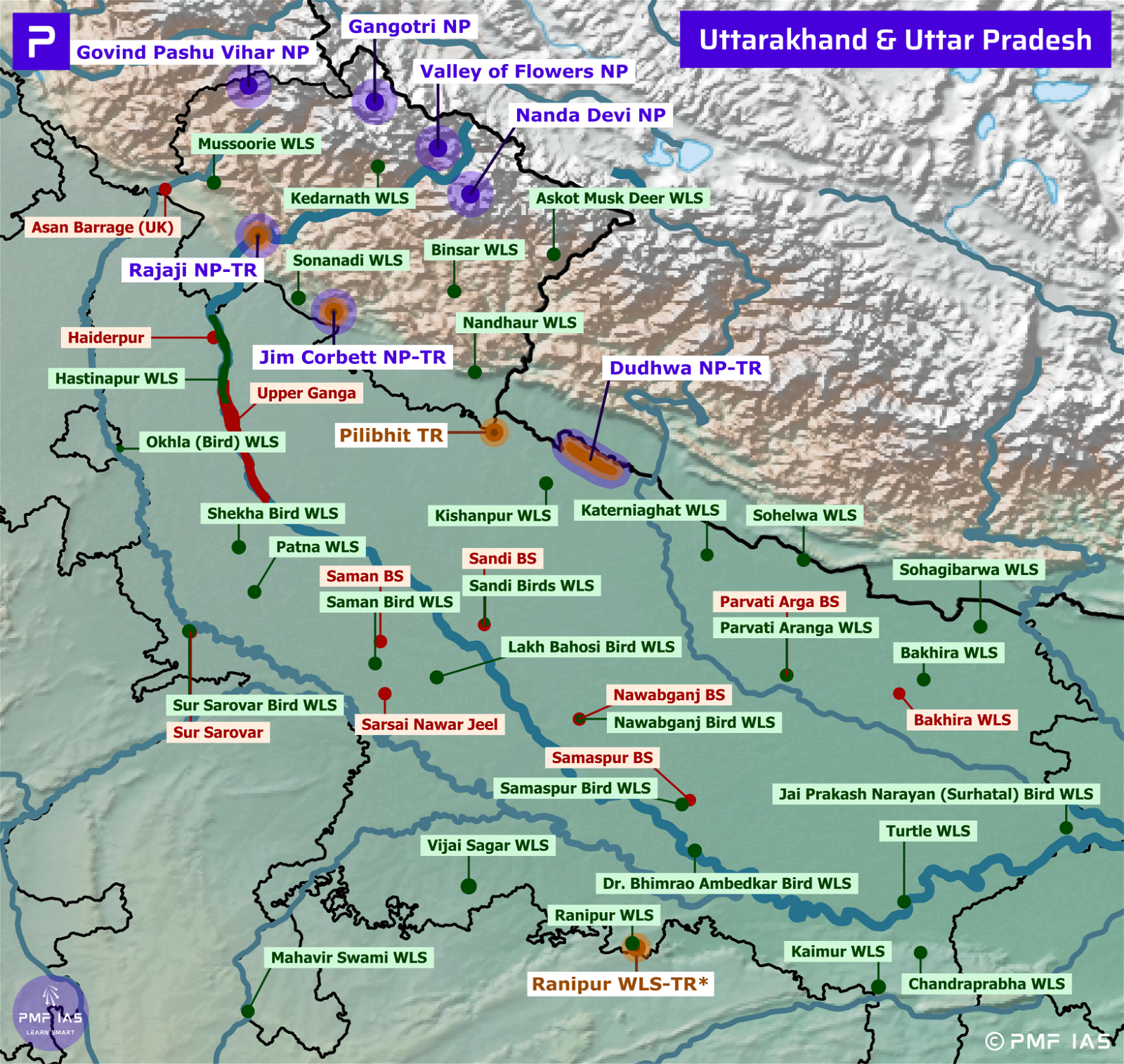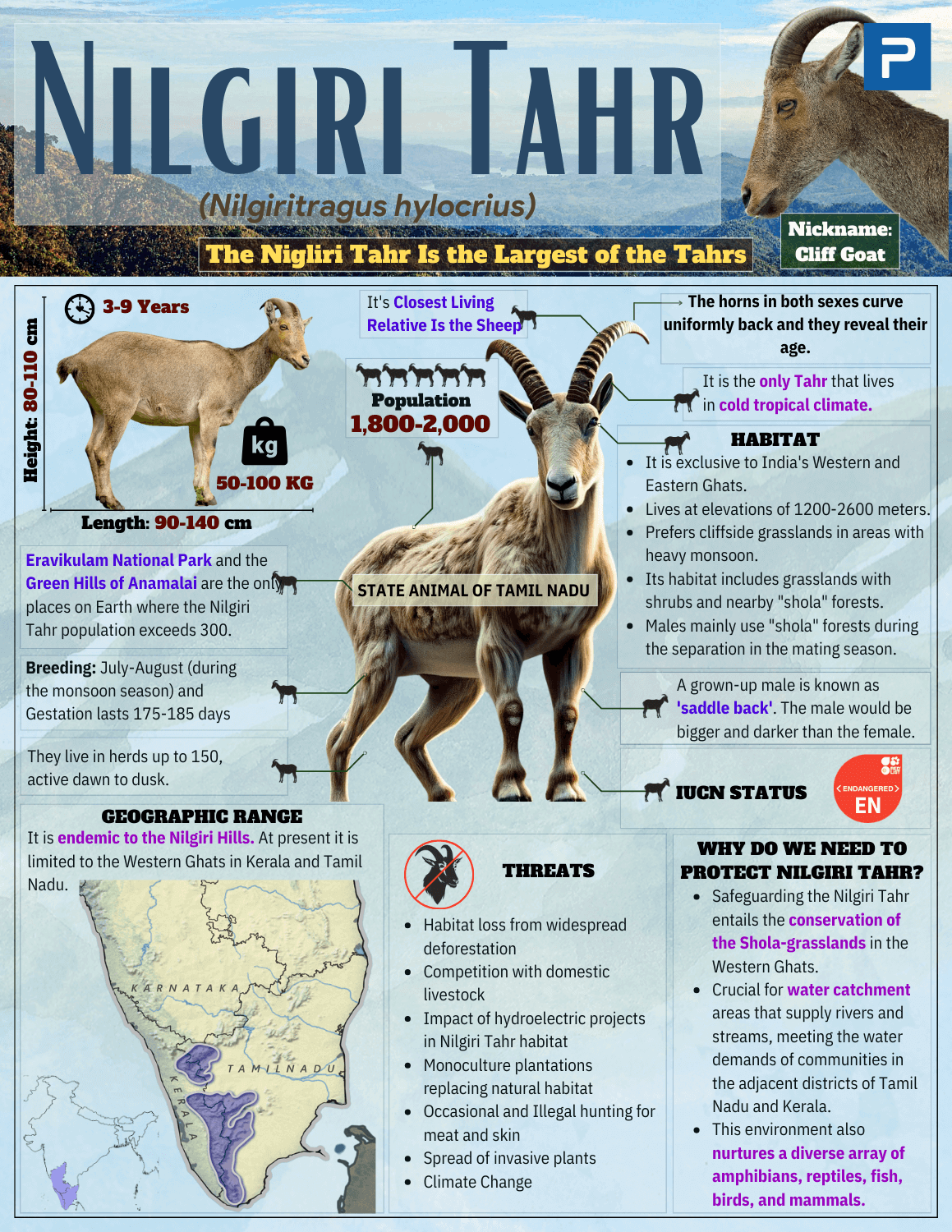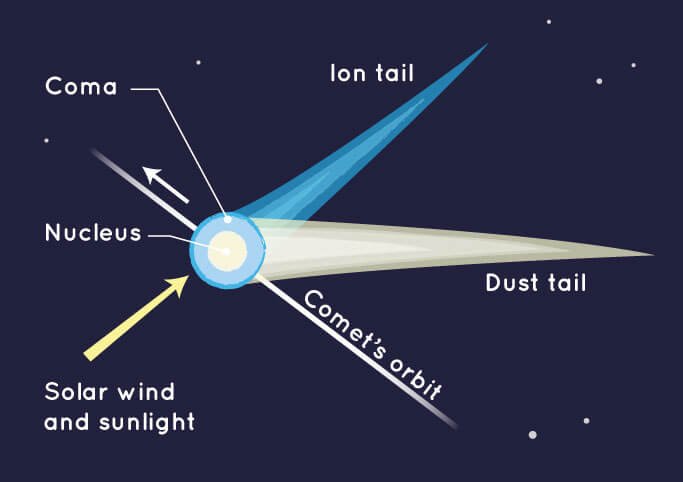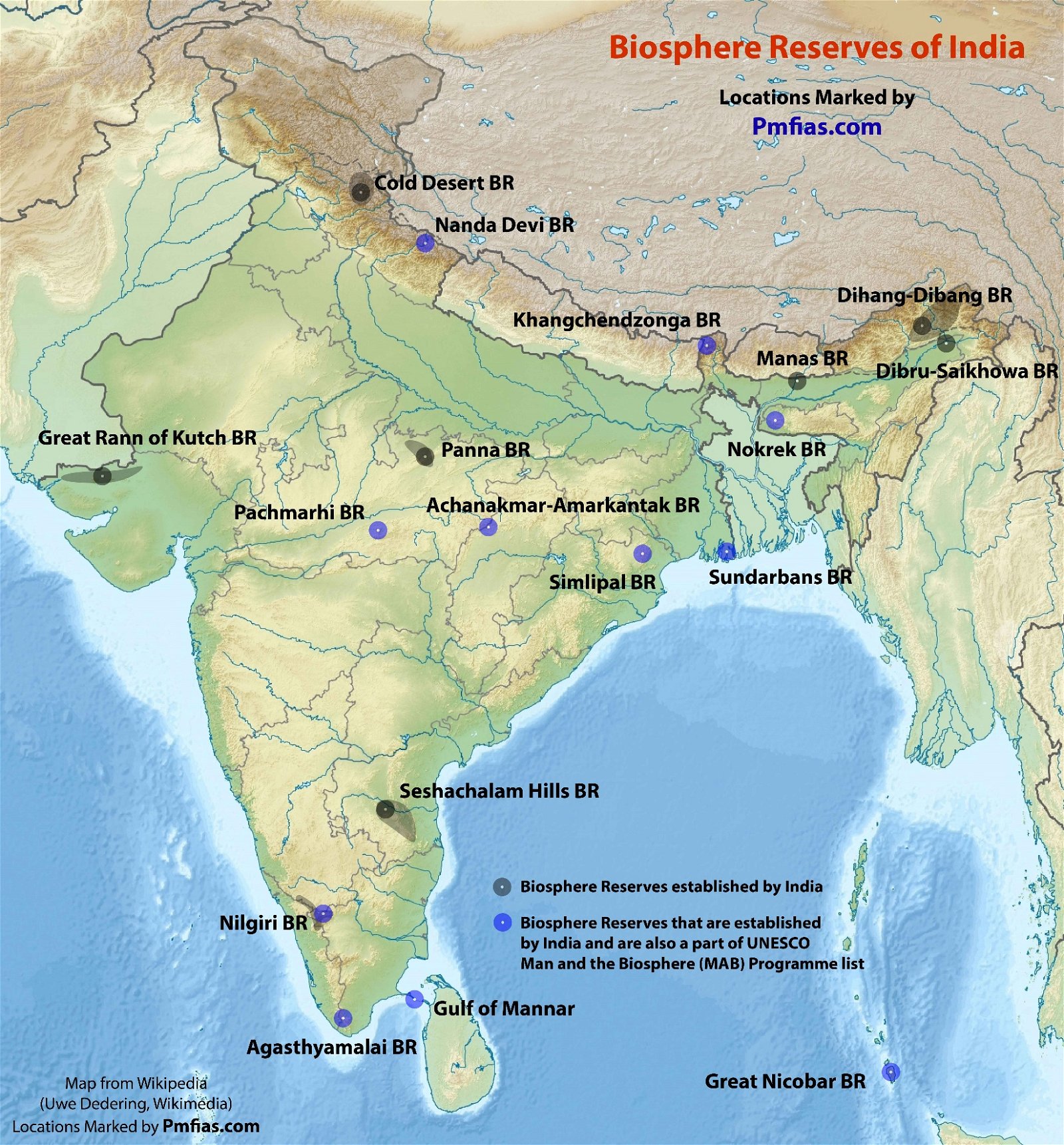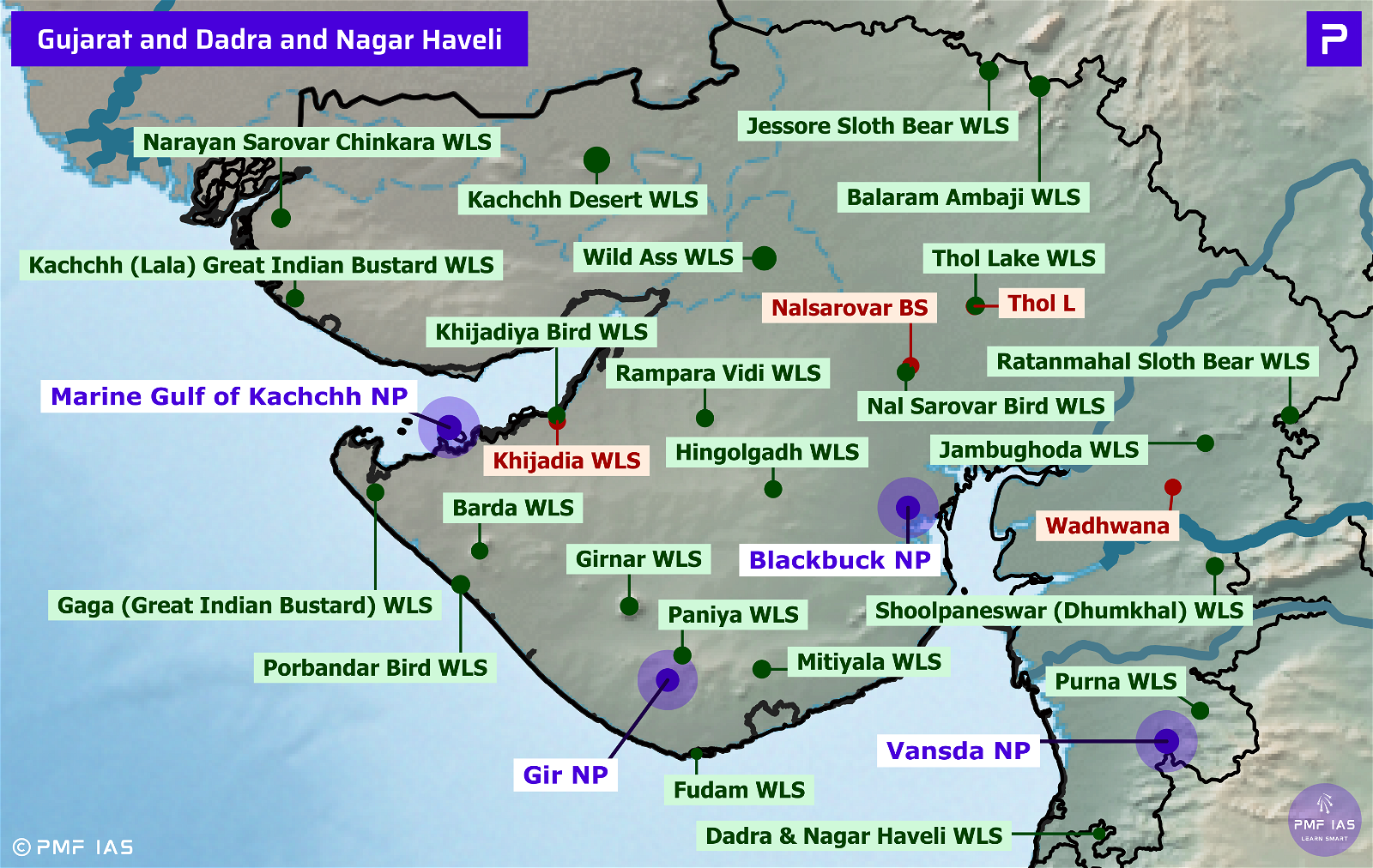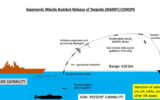
Aral Sea
Subscribe to Never Miss an Important Update! Assured Discounts on New Products!
Must Join PMF IAS Telegram Channel & PMF IAS History Telegram Channel
- Context (HT): Climate change is increasing the disappearance of the Aral Sea.
- The Aral Sea is an endorheic lake (lake with no outlet) located in the heart of Central Asia, roughly 200 miles east of the Caspian Sea.

- It is bordered by Kazakhstan on the north and Uzbekistan on the south.
- It was formerly a large saltwater lake.
- Once the fourth largest body of inland water in the world, it lost almost three-quarters of its volume and approximately half of its area.
- It has receded into three separate lakes: the Greater Sea had divided into a long, narrow, western lake and a larger, broader, eastern lake, with the remains of the Lesser Sea to the north.
- Reasons: The drying up of the Aral Sea resulted mainly from the overuse of its two main tributaries—the Amu Darya and the Syr Darya—for irrigation.
Impacts of drying of Aral Sea
- Drying up of the lake caused salt concentrations of the remaining water to rise drastically which killed off the once-abundant supplies of freshwater fish & devastated regional fishing industry.
- Salt and residues became airborne as dust storms blew the pollutants as far away as the Himalayas.
- Annual precipitation, already low, dropped even more.
- Winters became longer & colder, and summers hotter & shorter, affecting the growing season.


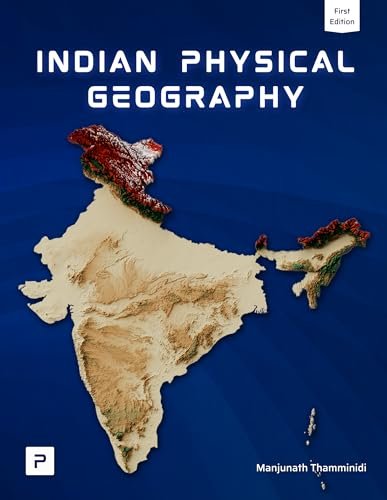
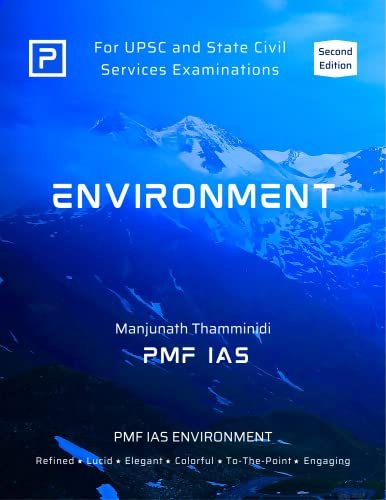


![PMF IAS Environment for UPSC 2022-23 [paperback] PMF IAS [Nov 30, 2021]…](https://pmfias.b-cdn.net/wp-content/uploads/2024/04/pmfiasenvironmentforupsc2022-23paperbackpmfiasnov302021.jpg)

